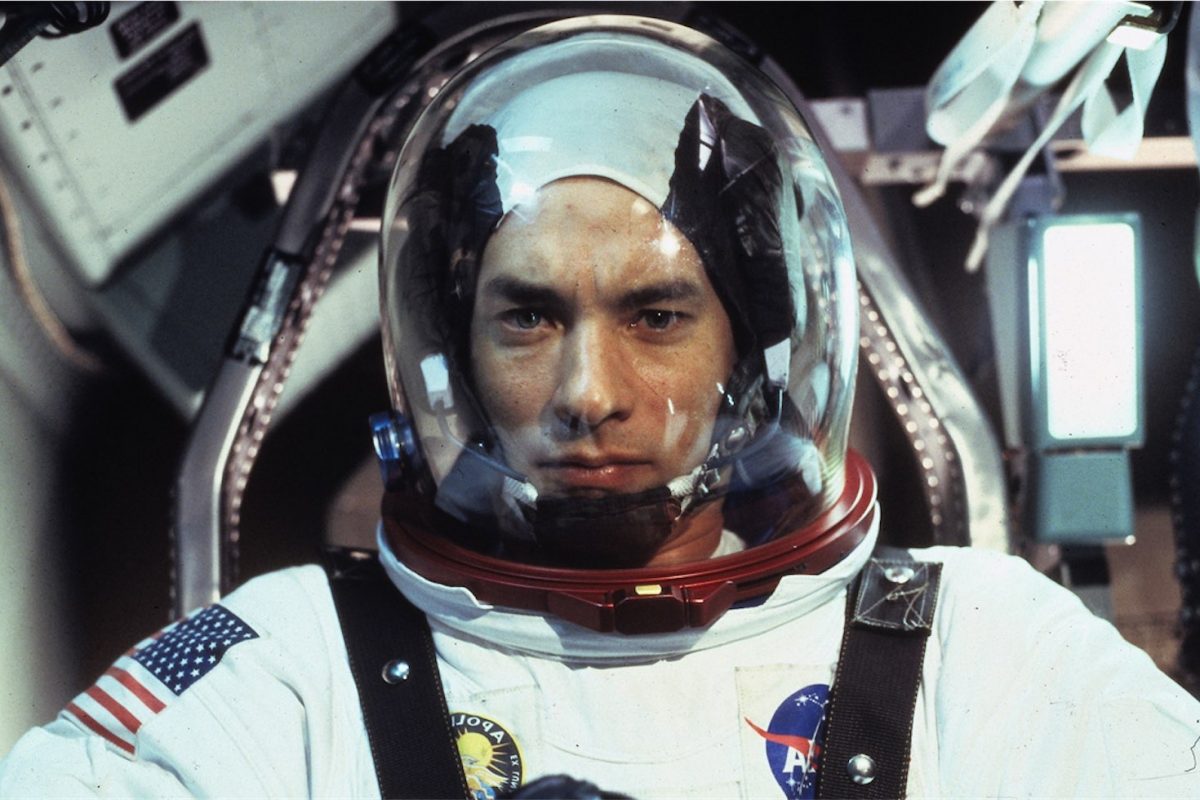
Streaming columnist NICK OVERALL takes to space for this week’s inspiration.
IN the last month millions of eyes have been on Amazon CEO Jeff Bezos and Virgin CEO Richard Branson’s journeys into space.

Both billionaires launched the first commercial spacecraft into Earth’s orbit, with some passengers forking out hundreds of thousands of dollars for a ticket aboard the flights.
But for those who didn’t have that sort of change lying around, the next closest thing was streaming the events live as they happened, presentations which at many points seemed more like something out of the Netflix comedy “Space Force” than real life.
That was certainly aided by Bezos’ dress up for the day, which included both a cowboy hat and a space suit and makes one think he was going for either Woody or Buzz Lightyear but somehow landed in the middle.
The streaming events were awkward and often surreal attempts to mass market something as exclusive as space travel, a strange blending of entertainment and scientific inquiry.
Regardless, they turned millions of heads and have generated renewed interest and intense debate about humanity’s forays beyond Earth.
It’s not only Virgin and Amazon who are trying to keep voyages to the final frontier in the trending tabs though.
For years NASA has been trying to prop up interest in space travel through getting involved with popular films.
It had a strong hand in the very watchable 2015 flick “The Martian” (on Disney Plus), where Matt Damon plays an intelligent and amusing astronaut stranded alone on Mars after his crew believes him dead.
On top of Damon, the cast is overflowing with household recognition such as Jeff Daniels, Jessica Chastain and Sean Bean, and at the time of its production NASA saw the film as a prime opportunity to get people excited about the first, real-life manned mission to Mars, expected to launch sometime before 2033.
It provided information, equipment and technology to the film in an attempt to make science sexy and, indeed, many scientists have attested to its accuracy.
NASA also jumped on board Ron Howard’s epic movie recount of the true story of “Apollo 13” (on Netflix), undeniably a source of inspiration for “The Martian”.
The perilous mission saw a crew of astronauts forced to abandon a journey to the moon after the explosion of one of the ship’s fuel tanks, leading to a dangerous and expensive, yet undeniably ingenious plan to get the men safely home.
In 1970 at the time of the event, tens of millions of people watched live the module’s touchdown in the ocean following its 330,000-kilometre return journey creating renewed interest in the Apollo program.
Twenty five years later the Tom Hanks-led film would become a box office hit and remains widely watched today through streaming.
It’s fascinating to think that where humanity’s adventures to the stars were once watched by viewers huddled around TV’s picking up analog signals, today they are streamed through the internet on handheld devices.
Whether it be Bezos and Branson’s launch events or big-blockbuster television such as “For all Mankind” (Apple TV+), entertainment is being used as the tool to fuel interest in space travel.
Perhaps it’s because entertainment allows humanity’s next big leap to be brought more to the here and now, and its streaming technology that’s made it more accessible than ever before.
Today one can watch a live-streamed view of the International Space Station, orbiting 400 kilometres above Earth and travelling at nearly 30,000km/h an hour, all from the touch of a few buttons on a mobile phone.
It’s technology like this that’s brought people closer to space travel, even if widespread space tourism is still far, far away yet.
But if history is anything to go by, the next giant leap may be closer than we think.
In 1903 “The New York Times” postulated it would take mankind up to 10 million years to build a working flying machine.
Two months later the Wright Brothers launched the first successful test flight of an aircraft.
Who can be trusted?
In a world of spin and confusion, there’s never been a more important time to support independent journalism in Canberra.
If you trust our work online and want to enforce the power of independent voices, I invite you to make a small contribution.
Every dollar of support is invested back into our journalism to help keep citynews.com.au strong and free.
Thank you,
Ian Meikle, editor




Leave a Reply